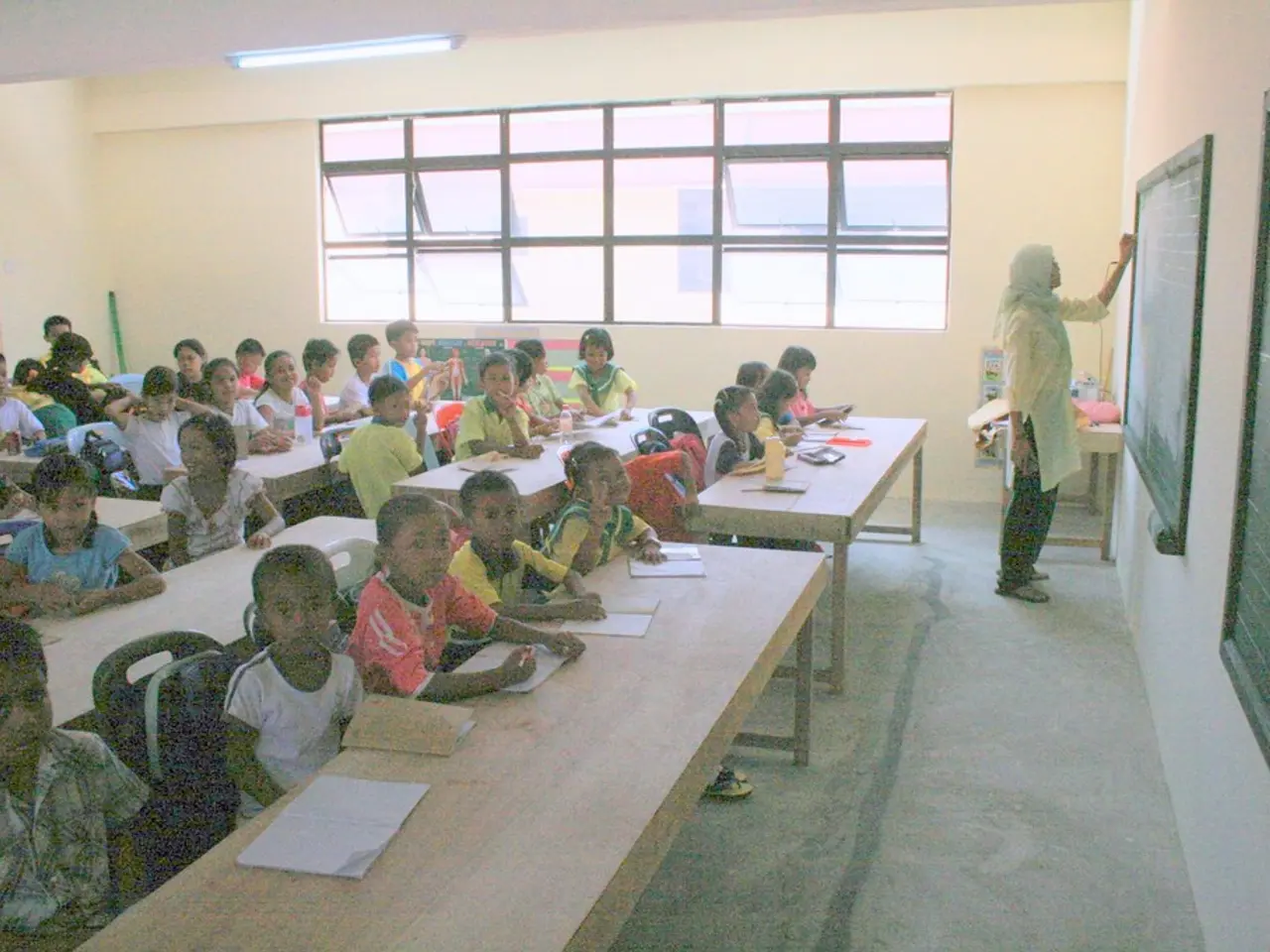Modifying classroom tasks for early learners
==============================================================
In a recent research project, two teachers, Mary and Cilla, adapted a colour and taste activity designed for year 7 and 8 students to suit their younger year 3 and 4 students. The project, spanning one term, aimed to investigate how teachers could effectively use and adapt Science Learning Hub resources for their science teaching.
The customisation of curriculum materials for younger students was a key focus. Teachers like Mary and Cilla scaffolded their students through tasks by providing advice and coaching before allowing them to work more independently. This approach helps younger students grasp new skills and concepts more easily.
Mary, for instance, slowed the pace of activities, increased instructional time, and gradually withdrew step-by-step guidance. She also simplified the intensity of colour experiment to suit her students and time constraints, and spread the two experiments across two lessons to reduce the amount of information presented in one lesson.
The colour and taste activity was adapted to make the experiences more hands-on, sensory-focused, and developmentally appropriate. Real photographs and tangible materials, such as colored fruits or snacks, were used to create sensory stations where children could touch, see, smell, and taste, reinforcing the senses in a playful context.
Visual aids, like anchor charts and vocabulary cards with simple language and images, were also incorporated to help children remember key ideas. Interactive and family-involved experiences, such as snack time activities that related classroom learning to a child's everyday life, were encouraged to foster meaningful connections and deeper understanding.
The language was simplified, and exploration was emphasised rather than technical detail, to engage younger learners' natural curiosity and development level effectively.
The research, referenced in "Learning from curriculum materials: Scaffolds for new teachers" by Grossman, P. & Thompson, C. and "The teaching of science in the primary school" (6th ed.) by Harlen, W. & Qualter, A, found that this approach was successful in helping younger students understand the connections between colour and taste.
While Cilla did not include the intensity of colour experiment in her teaching, Mary conducted the intensity experiment in a lesson following the lesson on colour and taste. The research showed that taste signals the nutritional qualities of food, and understanding this connection can help students make more informed decisions about their diet.
In conclusion, the Science Learning Hub resources are adapted by emphasising active engagement, sensory exploration, and simplification of scientific concepts, using materials and methods appropriate for early childhood learners, while grounding activities in children's everyday experiences and familiar contexts. This approach can help younger students develop a strong foundation in science, fostering a lifelong interest in the subject.
- The adaptation of the colour and taste activity, as demonstrated by Mary and Cilla in their research project, serves as an excellent example of how science learning can be tailored for younger students in the realm of education-and-self-development, ensuring a smoother assimilation of new ideas and concepts through active engagement, sensory exploration, and simplification.
- The research project, involving the use of Science Learning Hub resources, underscores the importance of science education for younger students, as it can help foster a lifelong interest in the subject by providing a strong foundation through engaging, developmentally appropriate learning activities that encourage hands-on experience and self-development.




